Have you ever wondered how to give your walls a good cleaning without damaging the paint? Well, you’re in luck because I’ve got some handy tips to share with you.
First things first, gather all your supplies. You’ll need a bucket of warm water, a gentle dish soap or a mild detergent, a soft sponge or microfiber cloth, and a clean towel for drying.
Next, it’s time to prep the area. Lay down some drop cloths or old towels to protect your floor from any dripping water or cleaning solution.
Now, let’s get down to business. Start by wiping off any dust or cobwebs with a dry cloth or duster. Then, dip your sponge or cloth into the soapy water and wring out any excess liquid.
Begin cleaning the walls using gentle, circular motions. Avoid applying too much pressure, as this can cause the paint to come off. Focus on one section at a time, working from the top of the wall down.
Once you’ve cleaned an area, rinse your sponge or cloth in clean water and wring it out well. Then, go back over the section you just cleaned to remove any soap residue.
Finally, dry the walls thoroughly with a clean, absorbent towel to prevent any streaking or water damage. And voila! Your walls are now clean and fresh without a hitch. Remember, taking care of your walls not only improves their appearance but also helps maintain the longevity of the paint job.
Dos
- Clean gently using a soft cloth or sponge
- Use a mild detergent or soap solution
- Test any cleaning solution on a small, inconspicuous area first
- Wipe the walls in a circular motion to avoid streaks
- Dry the walls thoroughly with a clean cloth
Donts
- Avoid using abrasive cleaners or scrub brushes
- Do not apply excessive pressure while cleaning
- Avoid using excessive water that can damage the paint
- Avoid using harsh chemicals like bleach or ammonia
- Do not leave the walls wet or damp
Step 1
Clean the walls gently using a soft cloth or sponge.
Step 2
Use a mild detergent solution to remove any stains or dirt.
Step 3
Gently scrub any stubborn stains with a soft brush or toothbrush.
Step 4
Wipe the walls with a clean cloth or sponge to remove any residue.
Step 5
Dry the walls completely using a clean towel or allow them to air dry.
Final thoughts 💭
In conclusion, cleaning walls without removing paint is a simple process that can be done using basic household items and gentle cleaning techniques. By following the steps outlined above and using a mild cleanser, you can effectively remove dirt and grime from your walls without causing any damage to the paint. Remember to always test a small, inconspicuous area before cleaning the entire wall to ensure compatibility. With regular maintenance and gentle cleaning, your walls can remain clean and vibrant for years to come.
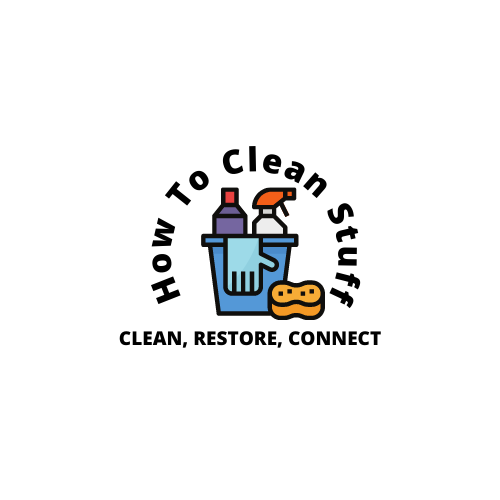
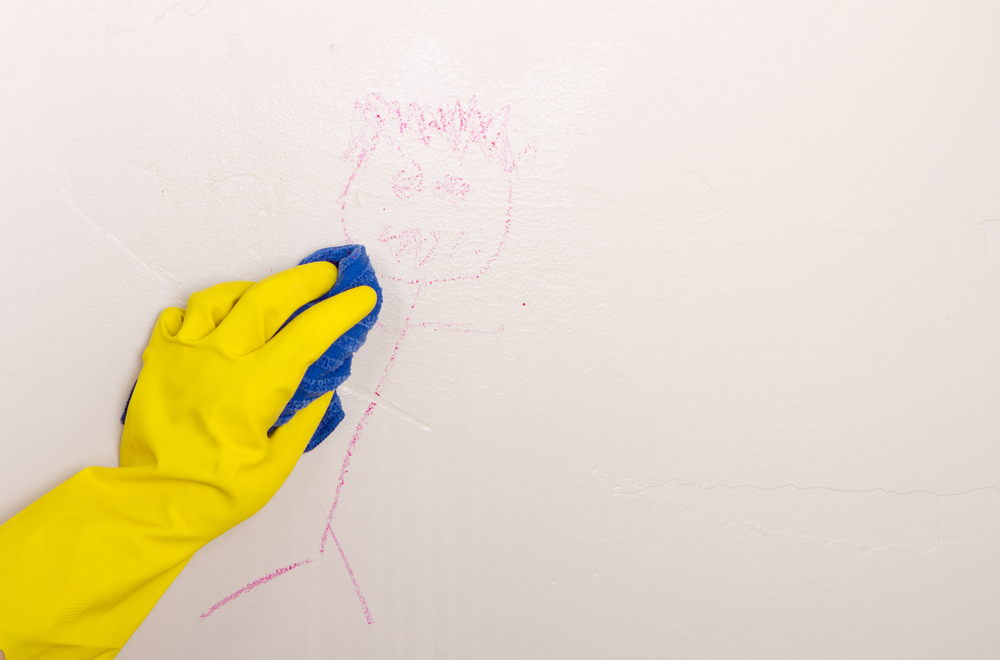
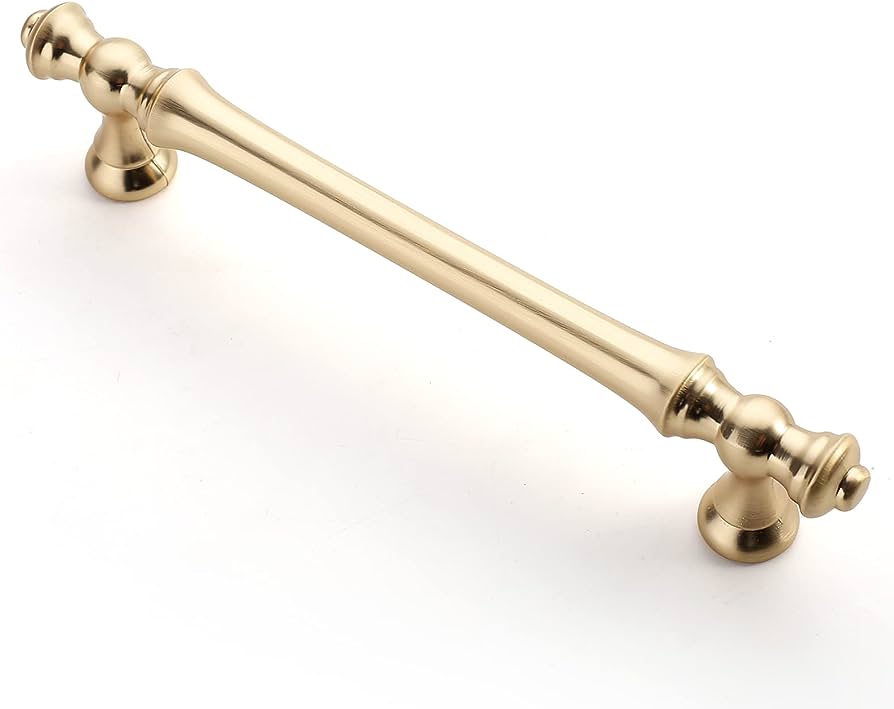
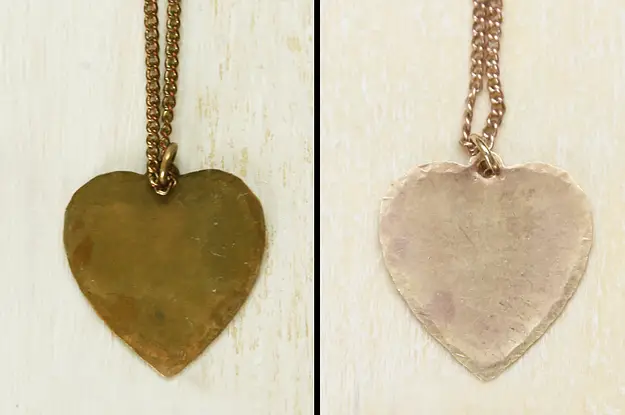
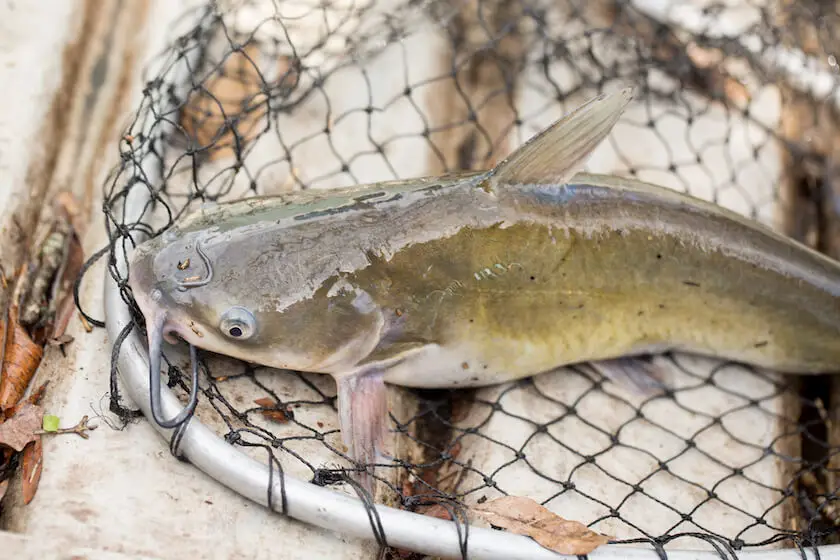

Leave a Reply